There are many incredible national parks throughout India that are perfect for wildlife lovers.
Each park is unique and offers its own set of amazing animals and landscapes to explore.
Here is a look at some of the best national parks in India for wildlife enthusiasts.
India is a land of astonishing natural beauty, home to some of the most biodiverse ecosystems on the planet.
From the Himalayan peaks to the steamy mangrove forests of the
Sundarbans, this vast country is teeming with wildlife.
If you’re a nature lover looking to get up close and personal with some of India’s iconic animals, then you’ll want to head to one of these 10 national parks.
How many national parks are in India?
As of July 2017, there are 106 existing national parks in India. There are also numerous wildlife sanctuaries and bird sanctuaries in the country.
The government has plans to increase the number of national parks and protected areas to create a more robust conservation network.
Read Also:
Best Bird Sanctuaries in India
Top National Parks in the World
Here is the list of the Top 10 Best National Parks in India
Jim Corbett National Park, Uttarakhand
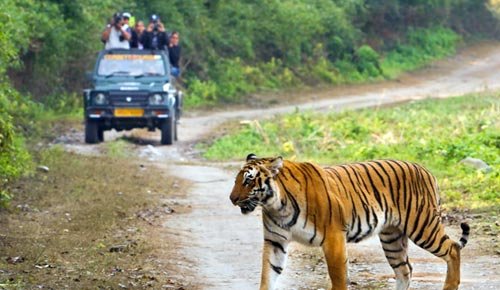
Jim Corbett National Park is one of the oldest and most well-known national parks in India.
Jim Corbett National Park is located in the state of Uttarakhand in northern India.
The park covers an area of 1318 square kilometers and was established in 1936 as a tiger reserve. Jim Corbett National Park is a popular tourist destination.
The park is home to a variety of animals, including the elusive Bengal Tiger, as well as leopards, elephants, and temple deer.
In addition to its rich wildlife, the park also provides opportunities for bird watching, fishing, and hiking.
With its dense forests and meandering rivers, Jim Corbett is the perfect place to escape the hustle and bustle of city life and get back to nature.
Kaziranga National Park, Assam
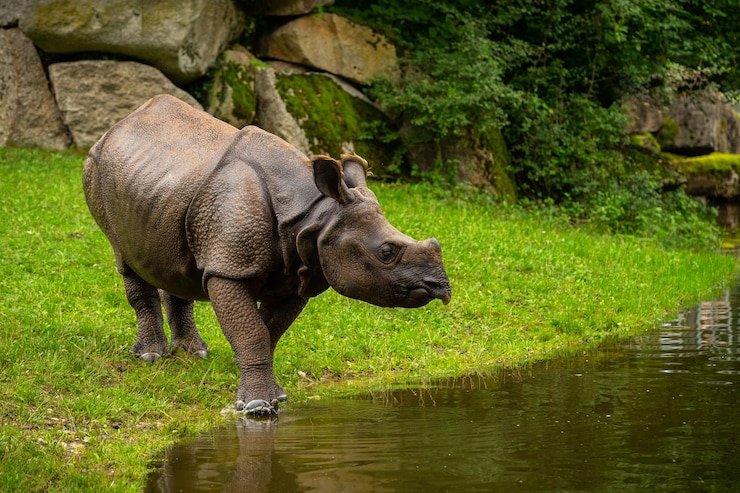
Kaziranga National Park is a world heritage site located in Assam, India.
The park is situated on the edge of the floodplains of the Brahmaputra River, making it a unique and beautiful setting for wildlife watching.
This national park is known for the one-horned rhinoceros.
The one-horned rhinoceros is an endangered species. Fortunately, The park is home to two-thirds of the world’s great one-horned rhinoceros.
This can be a matter of happiness for wildlife lovers.
Kaziranga was established in 1905 and was declared a national park in 1974 to protect it from rhino poaching and habitat loss.
It is noteworthy that it has also been declared a World Heritage Site by UNESCO in 1985.
Today, the park covers an area of 430 square kilometers and is home to over 2413 rhinos.
In addition to rhinos, Kaziranga is also home to elephants, tigers, water buffalo, and several species of deer.
The park has been successful in protecting its wildlife and is a popular destination for nature lovers and adventure seekers alike.
Keep your eyes peeled for elephants bathing in the river or rhinos grazing on the grasslands.
Gir National Park and Sanctuary, Gujarat
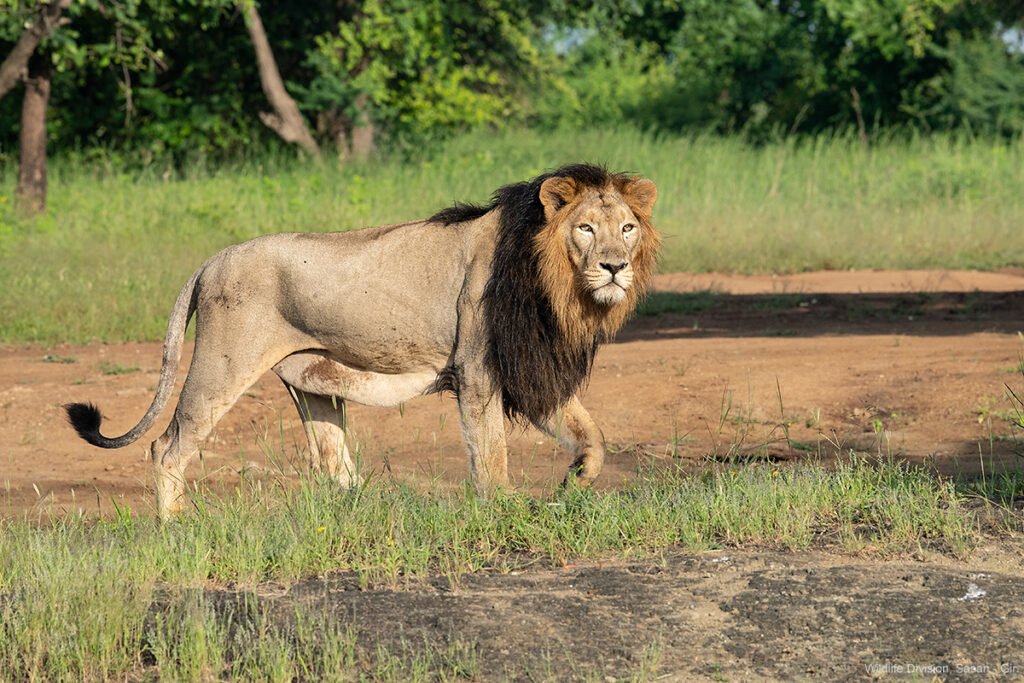
Gir National Park and Sanctuary is a wildlife sanctuary in Gujarat, India. Established in 1965, it is the only home of the Asiatic Lion.
The park covers an area of 1,412 square kilometers and is the largest protected area in Asia.
The park is located in the Saurashtra region of Gujarat and is part of the Kathiawar-Gir dry deciduous forests ecoregion.
The Gir forest National Park is a National Park, thus allowing selective and controlled tourist visits to parts of the park.
The Park is one of the most popular tourist destinations in India.
Gir National Park is not only the place on earth where you can see Asiatic lions in the wild.
The park also supports a healthy population of leopards, antelope, hyenas, and crocodiles.
Visitors can go on safari rides through the park or take a boat ride through its rivers to spot wildlife.
Every year between November and April, Gir also plays host to migrating flamingos which come to breed in its lakes.
Bandhavgarh National Park, Madhya Pradesh
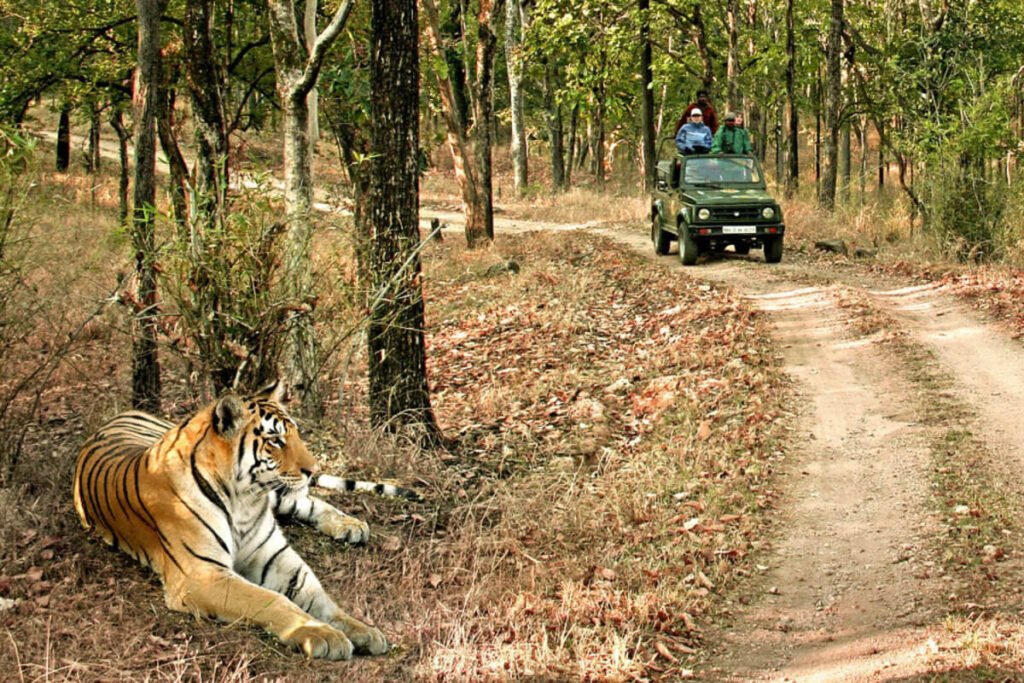
Located in Madhya Pradesh, India, Bandhavgarh National Park is one of the most popular tiger reserves in the country.
The park covers a core area of 716 square kilometers and is home to a variety of wildlife, including tigers, leopards, deer, and wild boar.
Bandhavgarh National Park was established as a National Park in 1993.
Today, the park is a popular tourist destination and offers safari tours, elephant rides, and other exciting activities.
Bandhavgarh National Park is also home to a number of ancient ruins, including temples and forts that date back to the 11th century.

With its beautiful scenery and rich history, Bandhavgarh National Park is an unforgettable place to visit.
The park is home to a large number of Bengal tigers as well as populations of leopards, deer, wild dogs, sloth bears, and more.
It’s also an excellent place for birdwatching, with over 250 species of birds recorded in the park.
Take an elephant or jeep safari through Bandhavgarh’s forests and grasslands for an unforgettable experience.
Kanha National Park, Madhya Pradesh
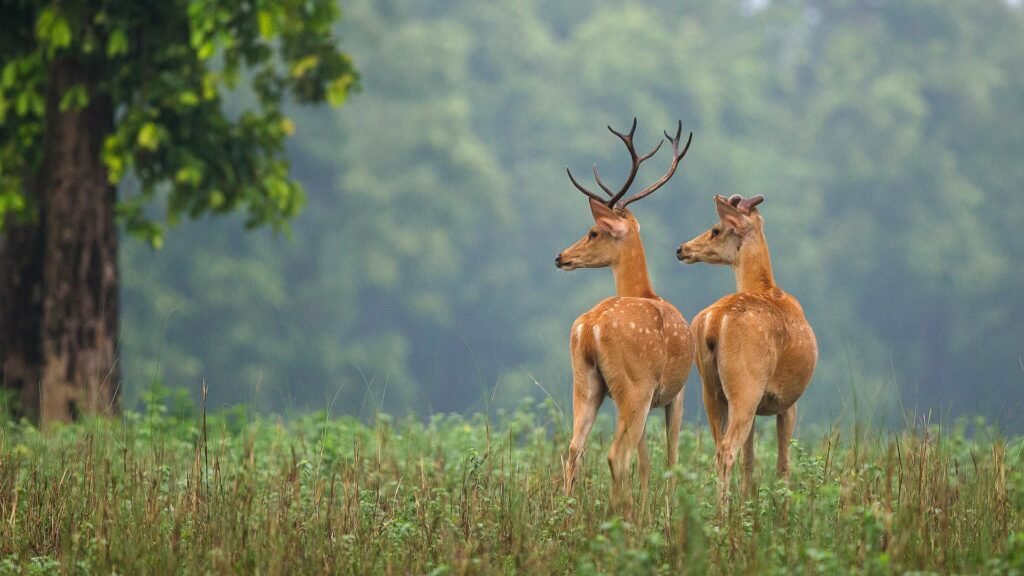
Last but not least on our list is Kanha National Park. This is a Tiger Reserve located in Madhya Pradesh, India’s Mandla and Balaghat districts.
Kanha National Park was created in 1933, 89 years ago (as Wildlife Sanctuary), and declared a National Park in 1955.
Kanha National Park is also declared a Tiger Reserve in 1974.
It covers an area of 940 km². The park is home to a variety of wildlife, including tigers, leopards, sloth bears, barasingha, and wild dogs.
Kanha National Park is also home to a number of endangered species, such as the Swamp deer and the Indian Wolf.
Kanha National Park is a popular tourist destination, and visitors can go on safari tours or elephant rides to see the wildlife up close.
This park is often compared to Bandhavgarh due to its similarity in the landscape, but Kanha has its own unique charms.
It’s home to over 1000 species of plants, along with tigers, leopards, wild dogs, deer, sloth bears, and more.
Plus, its picturesque setting among rolling hills makes it one of the most beautiful places in India.
Hemis National Park, Ladakh, India
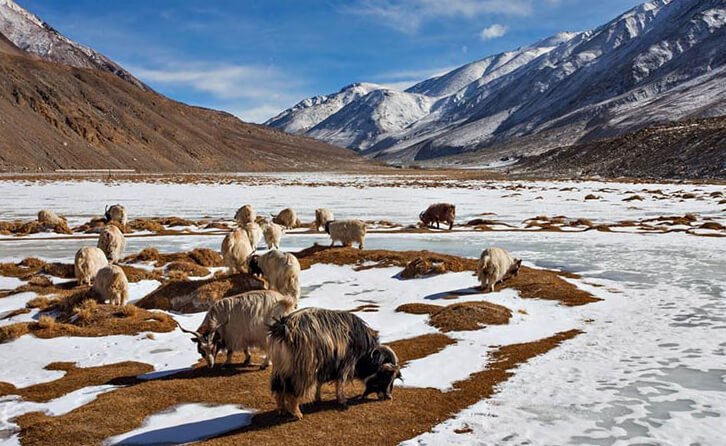
Hemis National Park is a protected forest area in India that is located in the eastern Himalayan range.
This park is the largest National Park in India. It spans an area of 4,400 square kilometers and is home to a variety of animals.
The park is also home to over 450 species of birds, including the golden eagle, lammergeier, and chukar partridge.
Hemis National Park is situated in the state of Jammu and Kashmir and is adjacent to Ladakh.
The park was established in 1981 and receives an average of 200,000 visitors each year.
What is Hemis National Park famous for?
Hemis National Park is famous for being home to some of the most exotic and rare flora and fauna in India.
It’s home to a wide variety of animals, including snow leopards, Asiatic black bears, Tibetan wolves, blue sheep, and red foxes.
The park is also home to a wide variety of plant life, including medicinal plants and trees that are found nowhere else in the world.
Bandipur National Park – Karnataka
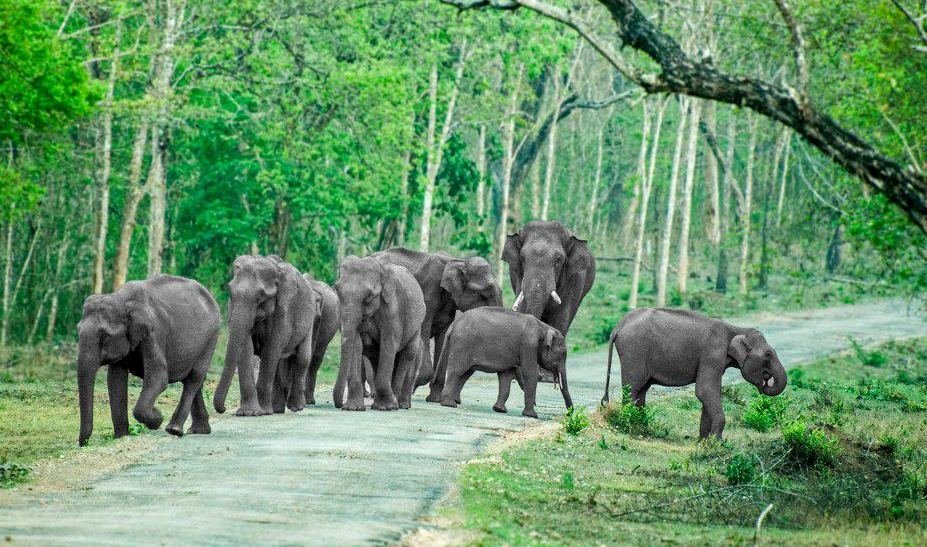
Bandipur National Park is located in the Indian state of Karnataka.
It was established in 1974 as a tiger reserve, and today it covers an area of 874 square kilometers.
The park is home to a wide variety of wildlife, including elephants, leopards, deer, and monkeys.
Bandipur is also one of the few places in India where tigers can be found in the wild.
In addition to its animals, the park also features a variety of vegetation, including bamboo forests, grasslands, and deciduous trees.
Visitors to Bandipur can enjoy safari tours, elephant rides, and birdwatching.
Sariska Tiger Reserve – Rajasthan
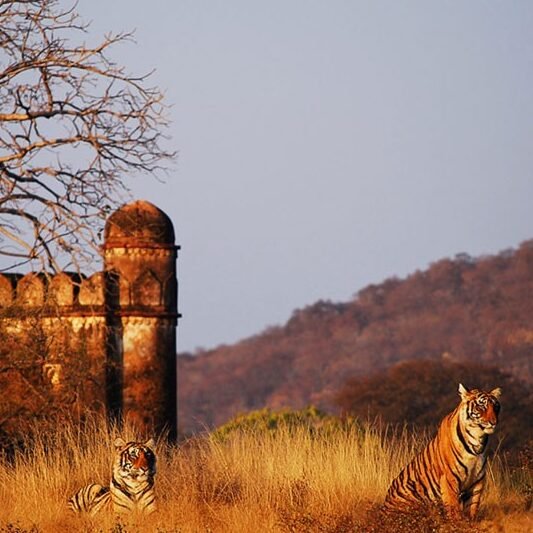
The Sariska Tiger Reserve is a national park and tiger reserve located in the Alwar District of Rajasthan, India.
The reserve covers an area of 866 square kilometers, and it is home to a variety of wildlife, including leopards, hyenas, jackals, foxes, and sloth bears. tigers.
The Sariska Tiger Reserve was established in 1955 as a sanctuary for tigers.
In 1978, it was declared a tiger reserve, and in 1979, it was declared a national park.
The reserve is open all year round and it offers a variety of activities, including safaris, bird watching, and hiking.
Pench National Park – Madhya Pradesh

Pench National Park is a tiger reserve located in the Indian state of Madhya Pradesh.
Spanning an area of 758 square kilometers, it is one of the largest national parks in the country.
The park is named after the Pench River, which flows through its center. It is home to a variety of wildlife, including tigers, leopards, deer, and monkeys.
In addition to its abundance of animal life, the park also features a lush landscape of forests, mountains, and rivers.
Visitors to Pench National Park can explore its many trails, go on safari rides, and stay overnight in one of its several lodges.
Sundarbans National Park – West Bengal
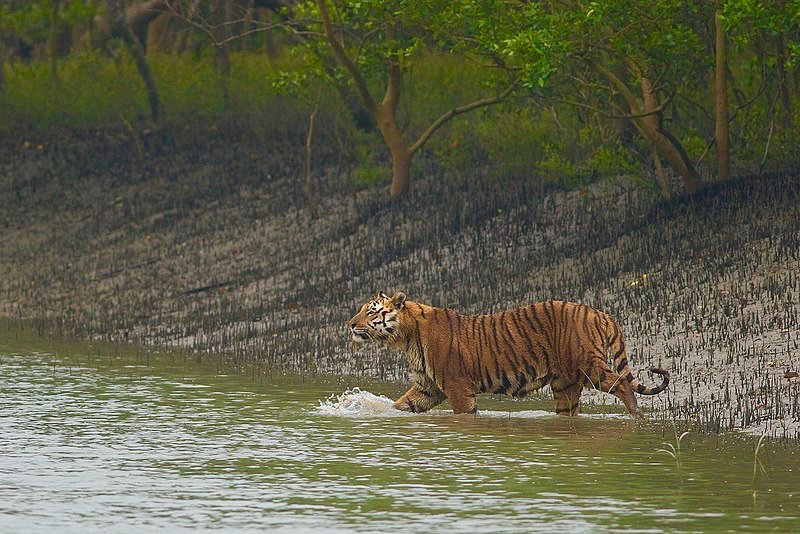
Sundarbans National Park is a national park and a tiger reserve in the Indian state of West Bengal.
It is part of the Sundarbans on the Ganges Delta, and adjacent to the Sundarban Reserve Forest in Bangladesh.
The park is densely covered by mangrove forests and is one of the largest reserves for the Bengal tiger.
The Sundarbans are home to a variety of wildlife, including several endangered species such as the Bengal tiger, Indian rhinoceros, and hawksbill turtle.
In addition to its rich fauna, the Sundarbans also boasts a wide variety of plant life, including several threatened and endangered species.
The park was established in 1984 as a core area of the Sundarbans Tiger Reserve and was declared a National Park in 2001.
It covers an area of approximately 4,262 square kilometers and is a UNESCO World Heritage Site.
Conclusion
There are dozens of national parks throughout India that are worth visiting but these ten are definitely at the top of our list for wildlife lovers.
Although almost all types of animals live in every national park, still every park has some specialty.
Like Jim Corbett is famous for Royal Bengal Tigers, Gir forest is known for Lions while Kaziranga is known for one-horned Rhinoceros.
So whether you’re hoping to spot a Bengal Tiger, Lion, or Elephant or just enjoy some time surrounded by nature, be sure to add these national parks to your itinerary.


